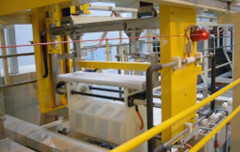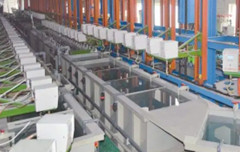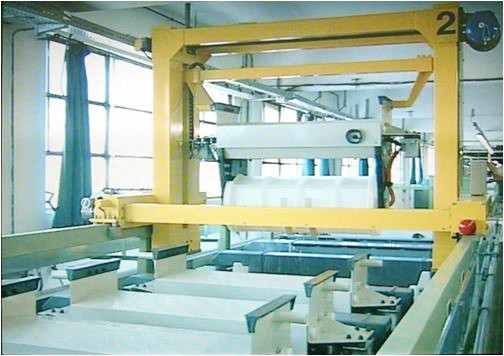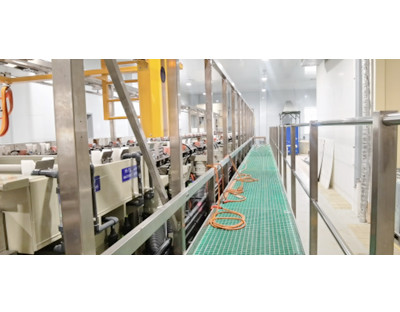Most screw fasteners require surface treatment. Surface treatment can not only change the appearance of screw fasteners, but also improve the rust and corrosion resistance of screw fasteners. Generally, the quality of electroplating is mainly measured by its corrosion resistance and appearance. The corrosion resistance is to imitate the working environment of the product. It is set as the experimental condition. We often use a salt spray machine to test its corrosion resistance and conduct corrosion experiments on it. The quality of electroplating products is controlled from the following aspects.
1. Appearance of screw fasteners after plating
The surface of screw fasteners is not allowed to have local uncoated, scorched, rough, gray, peeled, crusted, and obvious streaks, pinhole pitting, black slag, loose purification film, cracks, peeling and Serious traces of purification.
2. Plating Thickness
The service life of screw fasteners in corrosive atmospheres is proportional to its plating thickness. The general recommended thickness of economical electroplating coating is 0.00015in~0.0005in (4~12um).
Hot-dip galvanizing: the standard average thickness is 54um (43um if the name is greater than and equal to 3/8), and the minimum thickness is 43um (the diameter is greater than and equal to 3/8 is 37um)
3. The coating distribution of screw fasteners adopts different deposition methods, and the way the coating gathers on the surface of screw fasteners is also different. During electroplating, the coating metal is not uniformly deposited on the peripheral edge, and a thicker coating is obtained at the corners. In the threaded portion of the fastener, the thickest coating is located on the thread crest, gradually thinning along the flank of the thread, and the thinnest deposit is at the bottom of the thread, while hot dip galvanizing is just the opposite, the thicker coating is deposited on the inside corners and On the bottom of the thread, mechanical plating has the same metal deposition tendency as hot dip plating, but is smoother and has a much more uniform thickness over the entire surface.
4. During the processing and handling of screw fasteners, especially during the pickling and de-washing before plating and subsequent electroplating, the surface absorbs hydrogen atoms, and the deposited metal coating then traps hydrogen. When the fastener is tightened, the hydrogen shifts towards the most stressed parts, causing the pressure to build up beyond the strength of the base metal and creating microscopic surface cracks. Hydrogen is particularly active and quickly seeps into the newly formed fracture zone. This pressure-rupture-infiltration cycle continues until the fastener fails. Usually occurs within a few hours after the first stress application.
To eliminate the threat of hydrogen embrittlement, screw fasteners should be heated and baked as quickly as possible after plating to allow hydrogen to seep out of the coating, typically at 375 to 4000F (176 to 190°C) for 3 to 24 hours.
The above problems need to be paid attention to when the screw fasteners are electroplated, which are also the main reasons for the failure of the quality of the screw fasteners.








 Nov. 09, 2021
Nov. 09, 2021 




